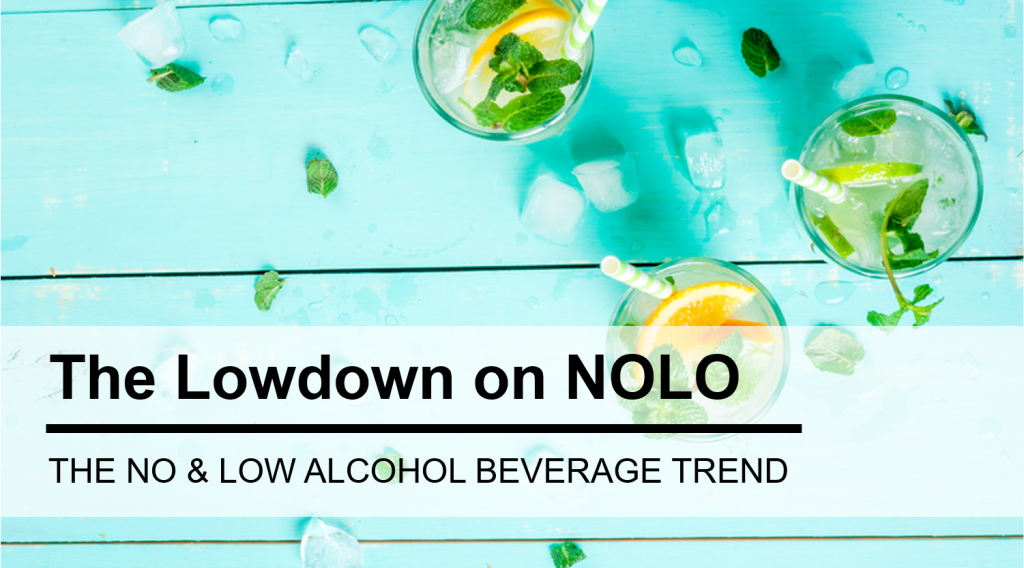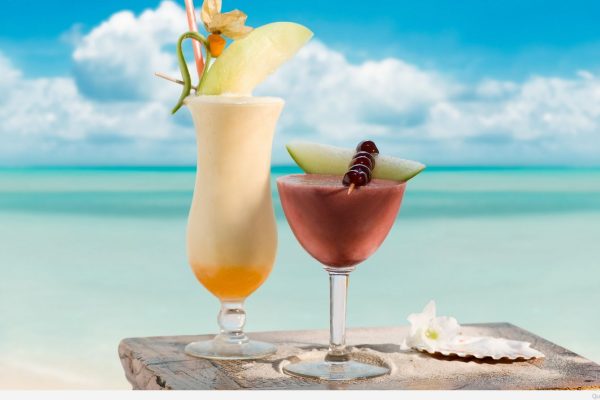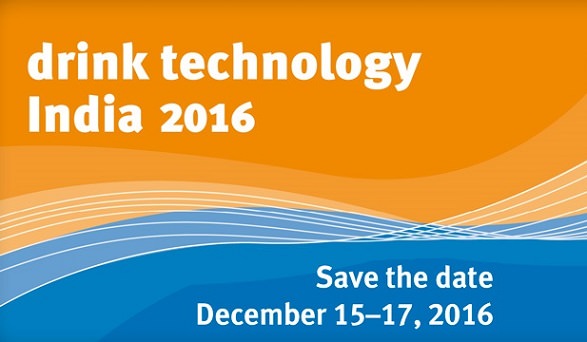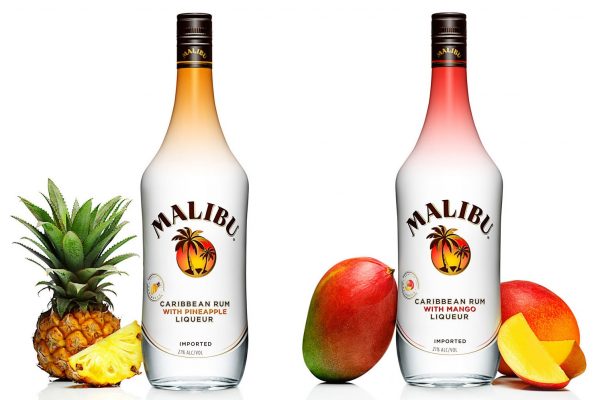How To
The Lowdown on NOLO Beverages
 Both beverage brands and consumers are tuning in to see what is next for NOLO (No and Low) alcoholic products. Seedlip made a splash as it entered the market in 2015 with the world’s first distilled non-alcoholic spirit. The company reported a 200% year-over-year volume growth across UK grocery sales in 2018. Heineken CEO, Jean-François van Boxmeer, recently said that the ongoing success of Heineken 0.0, Heineken’s zero alcohol product, “helped deliver the strongest growth by volume to the Heineken brand in over a decade.” What trends lie behind these successes and is it sustainable in the long run?
Both beverage brands and consumers are tuning in to see what is next for NOLO (No and Low) alcoholic products. Seedlip made a splash as it entered the market in 2015 with the world’s first distilled non-alcoholic spirit. The company reported a 200% year-over-year volume growth across UK grocery sales in 2018. Heineken CEO, Jean-François van Boxmeer, recently said that the ongoing success of Heineken 0.0, Heineken’s zero alcohol product, “helped deliver the strongest growth by volume to the Heineken brand in over a decade.” What trends lie behind these successes and is it sustainable in the long run?
What are NOLO beverages?
In the UK, producers can only label a product as “low alcohol” if it has an ABV below 1.2%. Alcohol-free products must be 0.05% ABV or lower, and anything with an ABV of 0.5% should be called “de-alcoholized.” In the EU, Regulation (EU) 1169/2011 (EU 2011) on the provision of food information to consumers requires that the ‘actual alcoholic strength by volume’ of an alcoholic beverage containing more than 1.2 % by volume of alcohol is given.
The same regulation exempts alcoholic beverages containing more than 1.2 % abv from having a nutrition declaration and a mandatory list of ingredients. In the U.S., numerous regulations dictate the labeling of no and low alcohol beverages including dealcoholized wine and malt beverages. Due to the complexity, it is best to have no and low alcohol labels reviewed by a lawyer who specializes in food and beverage labeling compliance.
The trends behind no and low alcohol
Total alcohol volume in America dropped 0.8% in 2018 after a 0.7% decline in 2016, according to the IWSR U.S. Beverage Alcohol Review. UK alcohol consumption also fell from 3.07 units per day in 2003 to 2.57 units per day in 2018, while the number of people in the UK who do not drink at all rose 35% in 2013. It’s a trend that seems likely to continue as 52% of consumer surveyed in the IWSR’s study reported that they are trying to reduce their alcohol intake.
Underneath these statistics are a few driving forces that are gaining momentum. The rise of the wellness movement means that consumers are increasingly aware of the risks of excessive alcohol consumption and more inclined to avoid or reduce their intake as a result. Global campaigns to encourage moderate alcohol consumption are also influencing consumers’ drinking habits. The idea of intentionally lowering or cutting out alcohol consumption has even been marked by new terminology like “sober curious,” and “mindful drinking.”
While consumers are more health conscious, they are also seeking more exceptional experiences, meaning they will pay more for a quality product that is memorable and increases enjoyment and wellbeing. In fact, two distilled nonalcoholic products, Seedlip and Ish, sell for $36 and $37 respectively, despite neither product being subjected to standard alcoholic export fees.
A YouGov poll revealed that 7% of respondents have already switched some of their alcohol intake with low or no alcohol substitutes. The survey also revealed that 9% of respondents between the ages of 18 and 24 had already switched to low- or no-abv alternatives.
The Future of NOLO
The trends supporting the rise of no and low alcohol beverages tend to point towards success with recipe innovation with a focus on quality, enhanced experience, and distinctive ingredients.
Even with all of the recent entrants, there is plenty of room for growth in the NOLO category. In the UK, low-/no-alcohol brands represent only 1.3% of the country’s total beverage alcohol market. In the US that number is even smaller at 0.5%.
Fitch Solutions projects that global non-alcoholic drink spending will expand by 4.0% year-over-year in 2019, up from 3.9% year-over-year in 2018 and that the category will gain steam over its medium-term forecast to 2023.
As the NOLO space gains more attention and momentum, we are sure to see beverage entrepreneurs rise to the challenge, growing the demand for these products with a steady stream passion and innovation.
Original article was published in Beverage Industry Blog.









